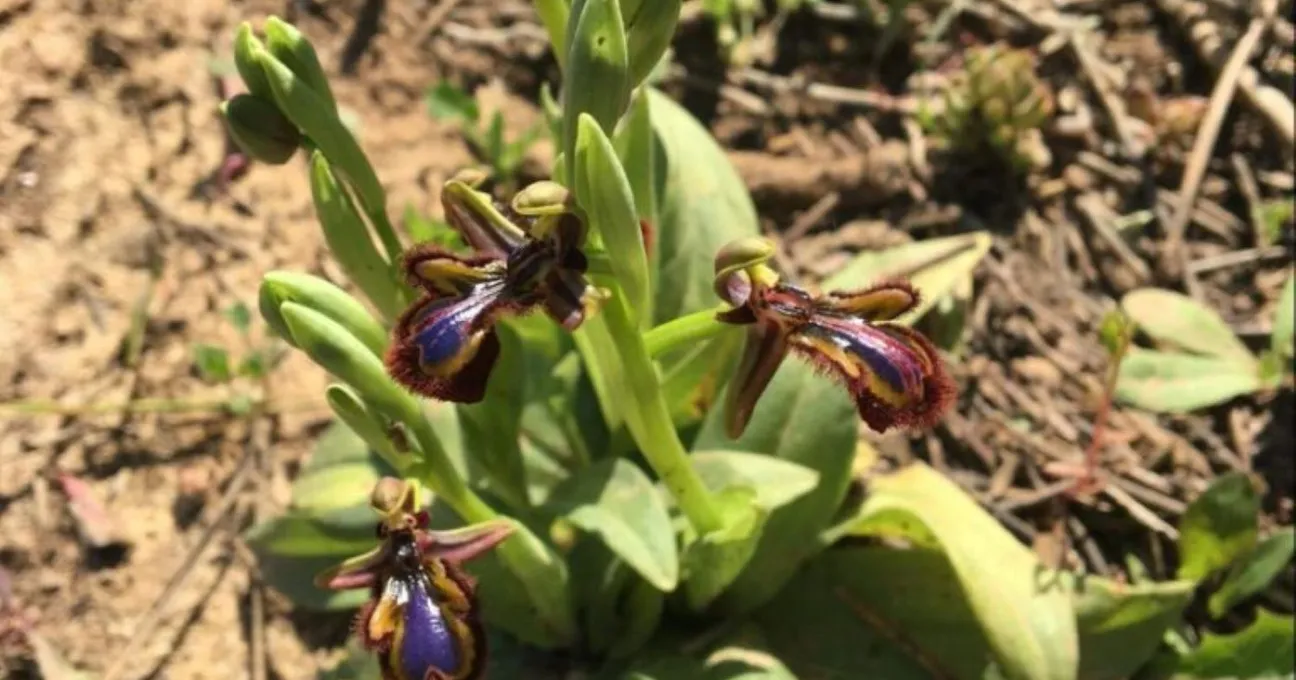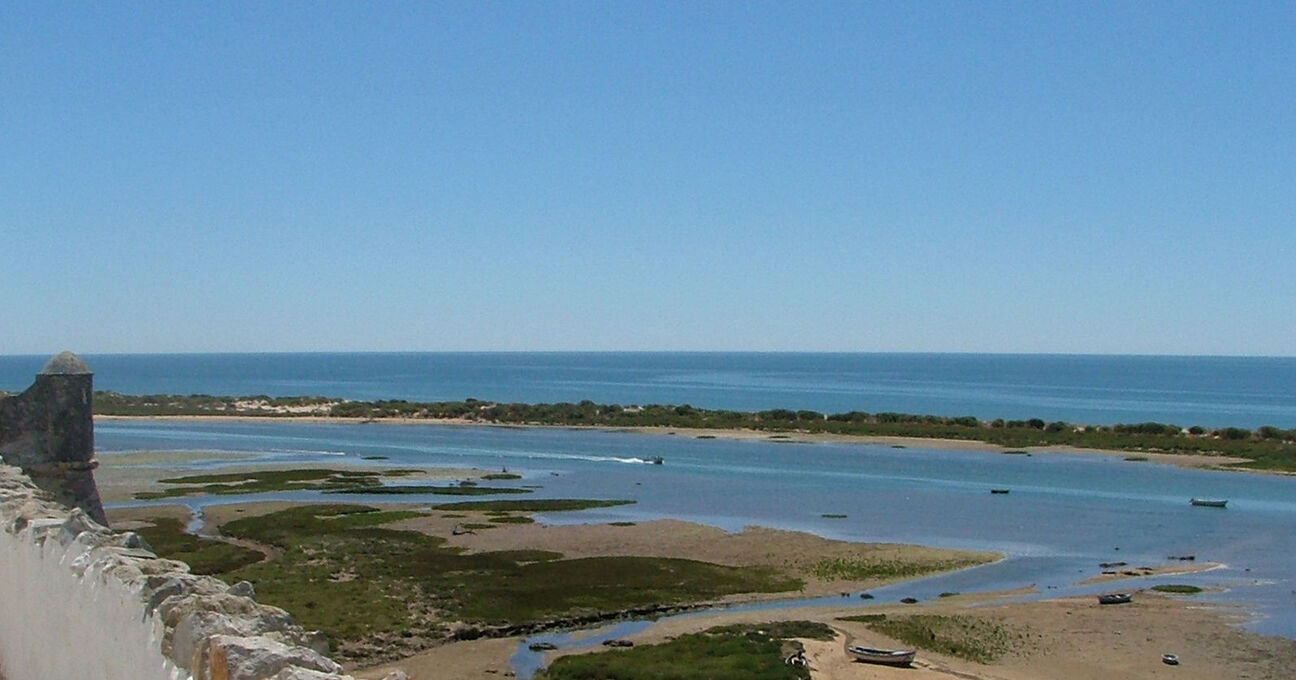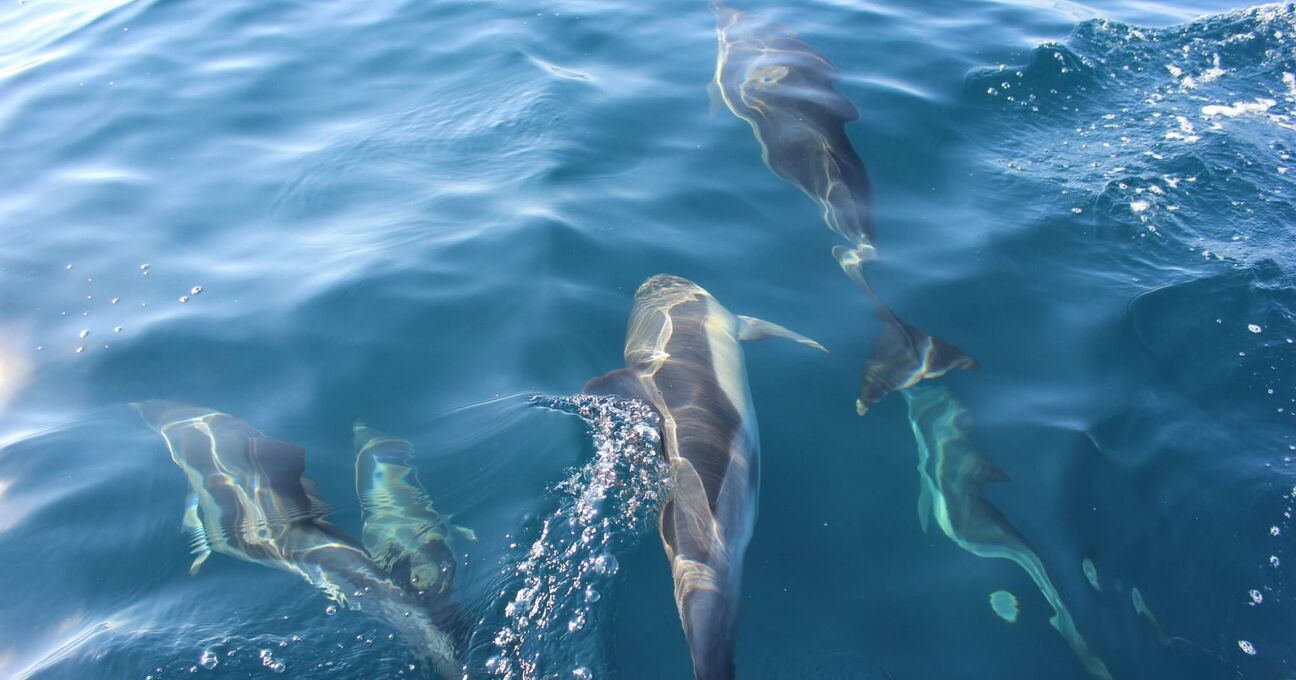Fauna & Flora in Ria Formosa
-
Ria Formosa Natural Park is an area of incredible biodiversity, making it a spot of international natural importance. Often touted as one of the 7 natural wonders of Portugal, this precious ecosystem delights visitors from around the world.
Ria Formosa is a wonderful place to explore and we hope that you will visit and see it or yourself.
It is so important to protect the natural treasures in Ria Formosa and inform people about the wonder of the area whilst contributing zero environmental impact.
But what exactly are the delights of nature here? What are we striving to protect?
Flora in Ria Formosa
The Ria Formosa is made up of several different types of habitat: barrier islands, salt marshes, sandbanks, mudflats, dunes, freshwater ponds, brackish water lagoons, rivers, forests, and agricultural areas — all of which allow for the incredible biodiversity of the region.
These clearly differentiated habitats give good clues as to the kind of vegetation you can find in the park, which is many and varied.
Flowers You Can See in Ria Formosa
Among the almost 50 species of plants that thrive in the dunes, you are likely to find Sea holly (Eryngium maritimum), Cottonweed (Otanthus maritimus), and Marram grass (Ammophila arenaria).
In stable sand dunes, you can also see species like Curry plant (Helichrysum italicum), Spiny thrift (Armeria pungens) and also Sea daffodil (Pancratium maritimum).
Despite the soaring temperatures of summer, the pure-white flowers of the Sea daffodil are one of the few that bloom late Summer in the Mediterranean. Keep your eyes peeled for these enduring plants.
The Ria Formosa’s Marshlands
The marshes are areas of incredible vegetation that tolerate the salinity of the seawater that washes over them twice a day. Marshland vegetation can capture and retain pollutants like herbicides, pesticides and heavy metals, and this vegetation acts as a filter.
Since they are hugely productive, the marshes are among the most biodiverse areas on the planet. This is why it is critical to protect these incredible aquatic environments.
Marshes are full of species like Small cordgrass (Spartina maritima), and Salicornia (Salicornia ramosissima). The latter is used in gourmet cuisine because of their salty taste and crispy texture.
You can also find Grand statice (Limoniastrum monopetalum) decorating the marshes with its summer-blooming flowers, in varying, colourful shades of pink, purple, lavender, and violet.
It’s also in the marshland areas that you can find excellent displays of the Yellow Broomrape (Cystanche phelypaea). These fascinating, parasitic plants with bright yellow flowers are found only in southern Portugal and southern Spain, on Crete, and in a few parts of the extreme eastern Mediterranean.
In the forested areas of the park, you’ll find Maritime pine (Pinus pinaster) and Umbrella or (Stone) pine tree (Pinus pinea). Beneath you can see the typical Mediterranean scrubland, where Gorse (Ulex argenteus or Stauracanthus boivinii) and fragrant Rosemary (Rosmarinus officinalis), French lavender (Lavandula stoechas) occur.
Here you can also find some endemic plants to the Algarve like the rare Linaria algarviana, Thymus lotocephalus, a type of thyme, and Tuberaria major, a member of the rockrose family with yellow blossom.
For the sharp-eyed botanists among you, you will be delighted by the Mirror Orchid (Ophrys speculum) and Bumblebee Orchid (Ophrys bombyflora) that flower around mid-April. Other floral highlights include Fritillaria lusitanica and Sea lavender (Limonium algarvense), which is endemic to this region of Portugal.
-
Fauna in Ria Formosa
Faro and the Ria Formosa are particularly well known for their bird population. However, the Ria Formosa is not just for the birds. The Ria Formosa’s seagrass meadows are home to an endangered community of seahorses. This area was once home to one of the largest seahorse communities in the world. The two seahorses you can find in Ria Formosa are the Short-snouted seahorse Hippocampus hippocampus and Long-snouted seahorse Hippocampus guttulatus.
These populations have shrunk dramatically over the last 20 years. This was due to illegal fishing and the disappearing seagrass meadows. In 2020, two safe havens were created for the seahorses in Ria Formosa to slow the species’ decline.
Other animals that call the natural park their home include the shy and endangered Mediterranean chameleon and — perhaps more famously — the Portuguese water dog, which originated in this area.
The shallow lagoons of the park are perfect nurseries for a variety of marine life in their early years, and you’ll find fish, crustaceans, and mollusks in abundance.
As far as mammals are concerned, the nature park is less significant, with only 34 recorded species. However, it is interesting to note the presence of animals such as otters (Lutra lutra), genets (Genetta genetta), badgers (Meles meles), and various types of bats that feed in the park.
Should you prefer to stay at the Quinta, we have our own Natural Park - See for yourself !


